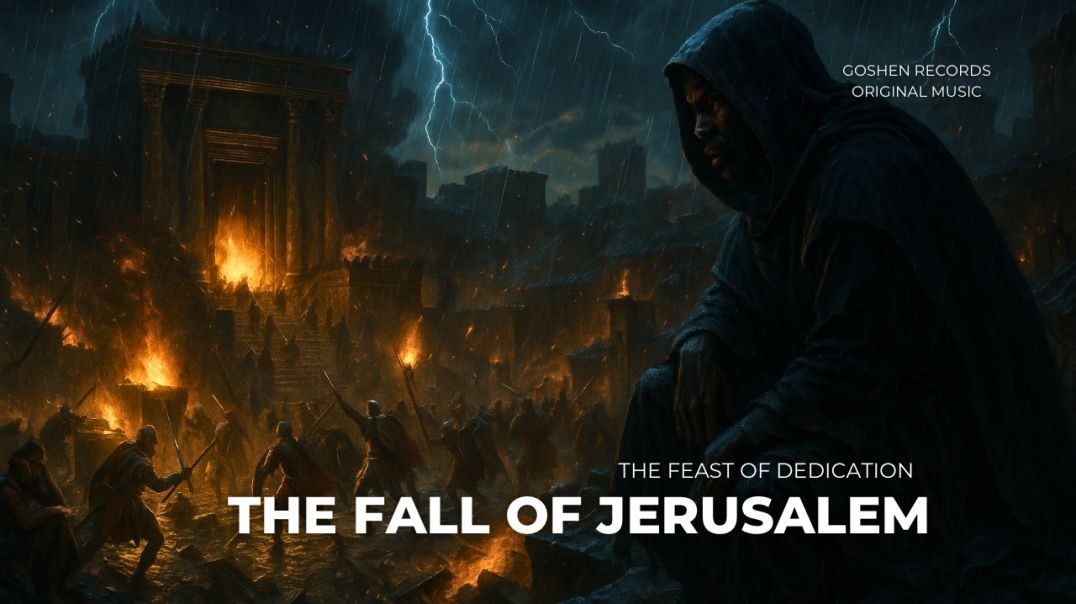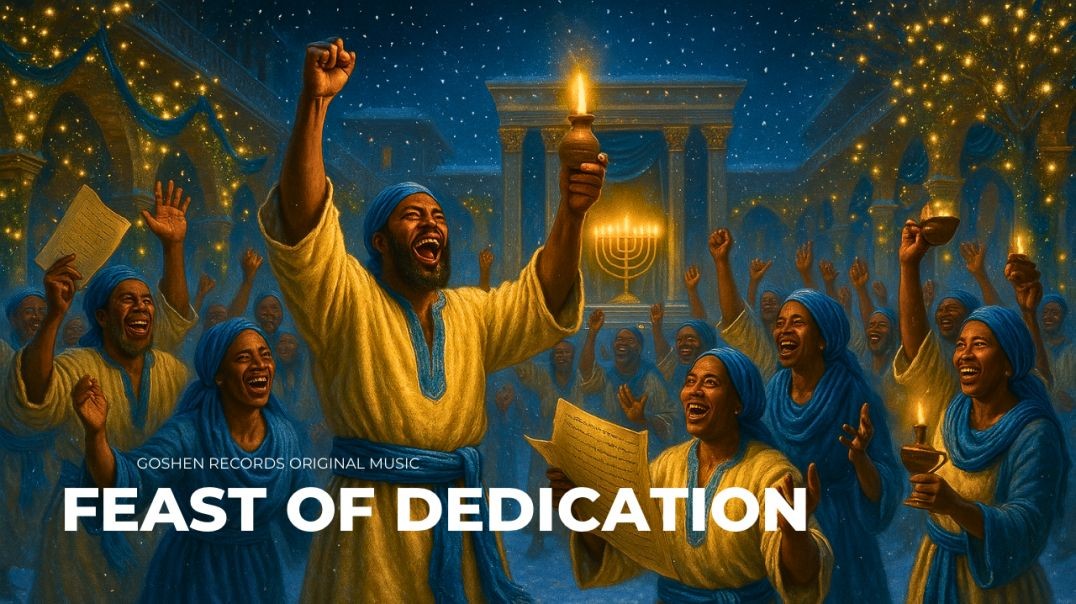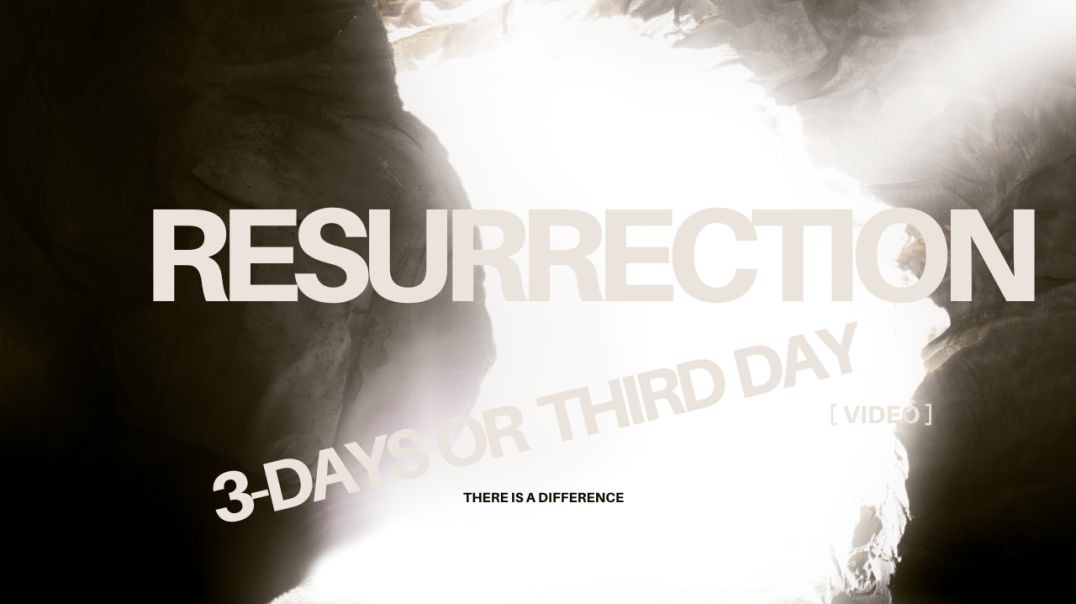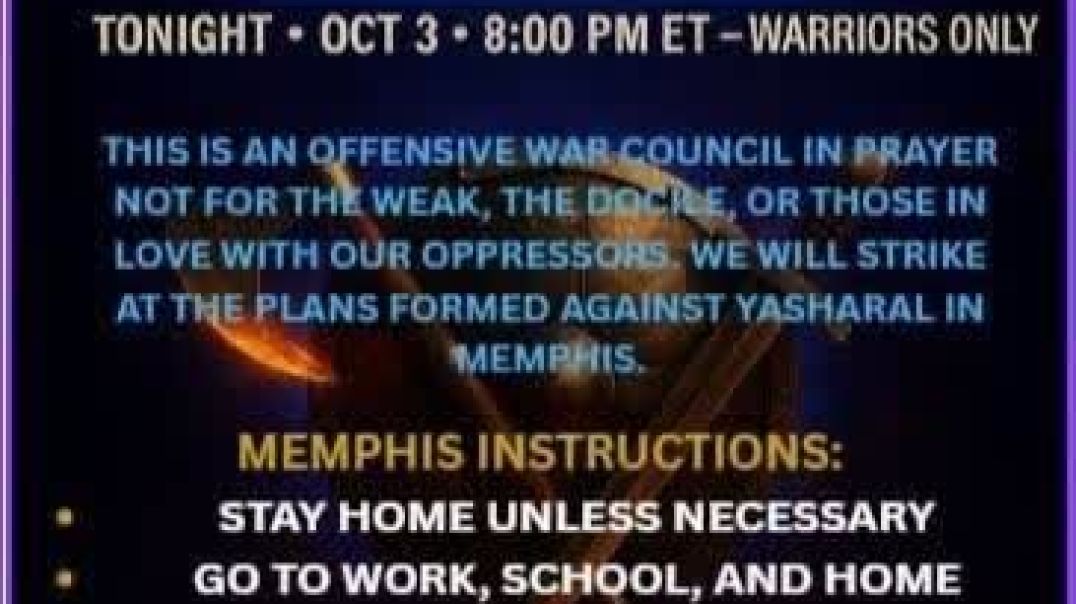UPDATE! Version 1 of our iOS HCTV App is close to being released, and we're allowing a limited number of users a sneak peak this month of December! Please email us at info@hebrewconnect.tv if you would like Pre-Release access!
Yahusha's Call ~ THE SABBATH OF SCRIPTURE
Genesis 2:1-3, Exodus 16:28-29, Exodus 20:8-11, Exodus 31:13-14, 16, Leviticus 23:3, Leviticus 25:1-16, Leviticus 27 :24, Deuteronomy 5:15, 2Chronicles 36:21, Nehemiah 10:18-31, Nehemiah 13:17-22, Isaiah 56: 1-8,
Isaiah 58:13, Jeremiah 17:24-27, Ezekiel 20:12-13, Matth e 11:28:30, Matthew 12:1-8, Mark 3:1-6, Luke 4:14-21, Luke 13:10-14, John 7:21-24, Romans 14:5-14, 1 Corinthians 16:1-2, 2 Corinthians 9:10-11, Hebrews 4:1-13, Hebrews 13:2, Revelation 22:1-6.
The Sabbath from a Jewish Perspective:
The Jewish Sabbath (from Hebrew shavat, “to rest”) is observed throughout the year on the seventh day of the week—Saturday. According to biblical tradition, it commemorates the original seventh day on which God rested after completing the creation.
Scholars have not succeeded in tracing the origin of the seven-day week, nor can they account for the origin of the Sabbath. A seven-day week does not accord well with either a solar or a lunar calendar. Some scholars, pointing to the Akkadian term shapattu, suggest a Babylonian origin for the seven-day week and the Sabbath. But shapattu, which refers to the day of the full moon and is nowhere described as a day of rest, has little in common with the Jewish Sabbath. It appears that the notion of the Sabbath as a holy day of rest, linking God to his people and recurring every seventh day, was unique to ancient Israel.
Importance
The central significance of the Sabbath for Judaism is reflected in the traditional commentative, and interpretative literature called Talmud and Midrash (e.g., “if you wish to destroy the Jewish people, abolish their Sabbath first”) and in numerous legends and adages from more-recent literature (e.g., “more than Israel kept the Sabbath, the Sabbath kept Israel”). Some of the basic teachings of Judaism affirmed by the Sabbath are God’s acts of creation, God’s role in history, and God’s covenant with Israel. Moreover, the Sabbath is the only Jewish holiday the observance of which is enjoined by the Ten Commandments. Jews are obligated to sanctify the Sabbath at home and in the synagogue by observing the Sabbath laws and engaging in worship and study. The leisure hours afforded by the ban against work on the Sabbath were put to good use by the rabbis, who used them to promote intellectual activity and spiritual regeneration among Jews. Other days of rest, such as the Christian Sunday and the Islamic Friday, owe their origins to the Jewish Sabbath.
Observances
The biblical ban against work on the Sabbath, while never clearly defined, includes activities such as baking and cooking, travelling, kindling fire, gathering wood, buying and selling, and bearing burdens from one domain into another. The Talmudic rabbis listed 39 major categories of prohibited work, including agricultural activity (e.g., plowing and reaping), work entailed in the manufacture of cloth (e.g., spinning and weaving), work entailed in preparing documents (e.g., writing), and other forms of constructive work.
At home the Sabbath begins Friday evening some 20 minutes before sunset, with the lighting of the Sabbath candles by the wife or, in her absence, by the husband. In the synagogue the Sabbath is ushered in at sunset with the recital of selected psalms and the Lekha Dodi, a 16th-century Kabbalistic (mystical) poem. The refrain of the latter is “Come, my beloved, to meet the bride,” the “bride” being the Sabbath. After the evening service, each Jewish household begins the first of three festive Sabbath meals by reciting the Kiddush (“sanctification” of the Sabbath) over a cup of wine. This is followed by a ritual washing of the hands and the breaking of bread, two loaves of bread (commemorating the double portions of manna described in Exodus) being placed before the breaker of bread at each Sabbath meal. After the festive meal the remainder of the evening is devoted to study or relaxation. The distinctive features of the Sabbath morning synagogue service include the public reading of the Torah, or Five Books of Moses (the portion read varies from week to week), and, generally, the sermon, both of which serve to educate the listeners. Following the service, the second Sabbath meal begins, again preceded by Kiddush (of lesser significance), conforming for the most part to the first Sabbath meal. The afternoon synagogue service is followed by the third festive meal (without Kiddush). After the evening service the Sabbath comes to a close with the havdala (“distinction”) ceremony, which consists of a benediction noting the distinction between Sabbath and weekday, usually recited over a cup of wine accompanied by a spice box and candle.



























SORT BY-
Top Comments
-
Latest comments